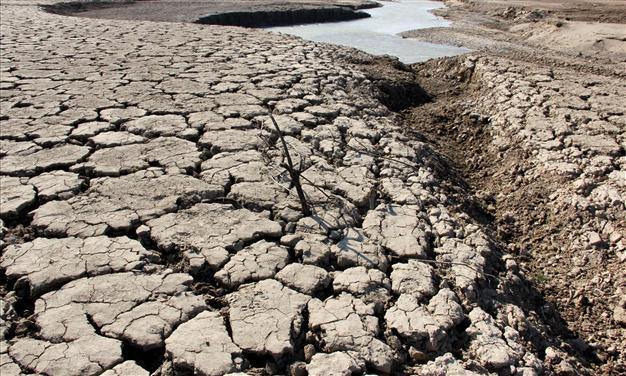Central Anatolian basin’s aquifers dry out
KONYA

The hydrological drought in Konya could threaten the economy in the area, which is based on agriculture and farming. File photo
The Konya Basin’s aquifers have dried out, Forestry and Water Affairs Minister Veysel Eroğlu said in a written statement July 30, as the country has experienced one of the most arid winters and springs in recent years.The basin, which is also used to irrigate the Central Anatolian Konya’s lowlands, the largest in the country, has formally entered a hydrological drought, said Eroğlu responding to parliamentary questions.
Eroğlu said they are planning to cope with the drought by reducing the irrigation at the plantations in the area and choosing plants that require relatively less water to grow. The Konya’s lowlands are one of the main areas that produce sugar beets, which require considerable amounts of water to grow.
“Turkey is not a country rich in water. Considering the quantity of water per capita, it is in fact a country that experiences water scarcity. The quantity of potable water per capita in Turkey is around 519 cubic meters,” Eroğlu said.
The hydrological drought in Konya could threaten the economy in the area, which is based on agriculture and farming. Despite the minister’s admission about water scarcity, the government’s environmental policy is severely criticized by ecologists, particularly for privileging energy investments over protecting nature.
The recent construction of dozens of hydroelectric plants on small streams that are important for the country’s ecological balance has raised massive outcry as many experts warn that the practice could cause droughts in several rivers, resulting in land erosion in many parts of the country.
















